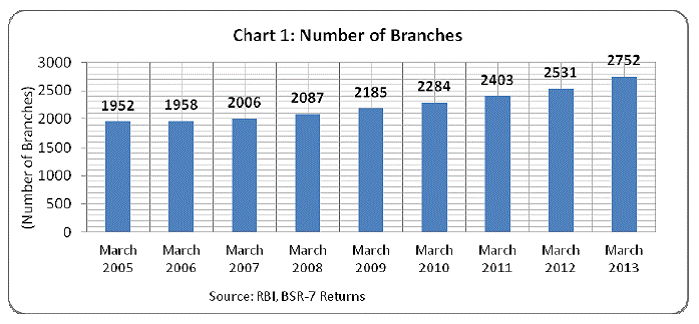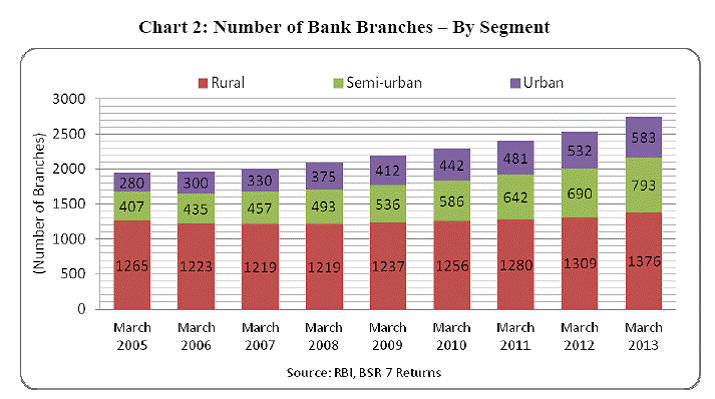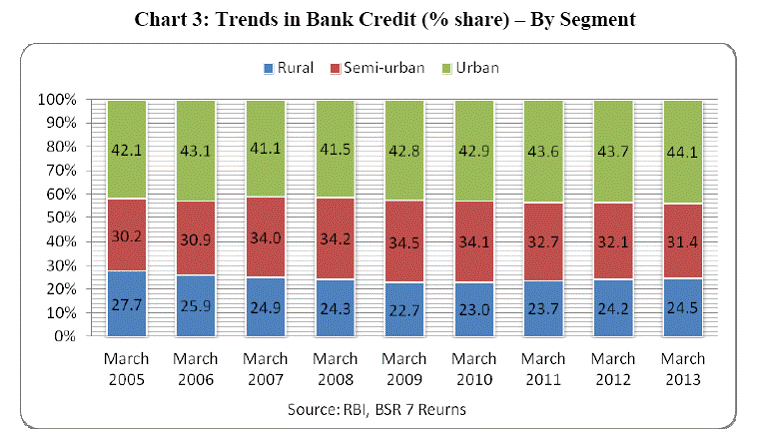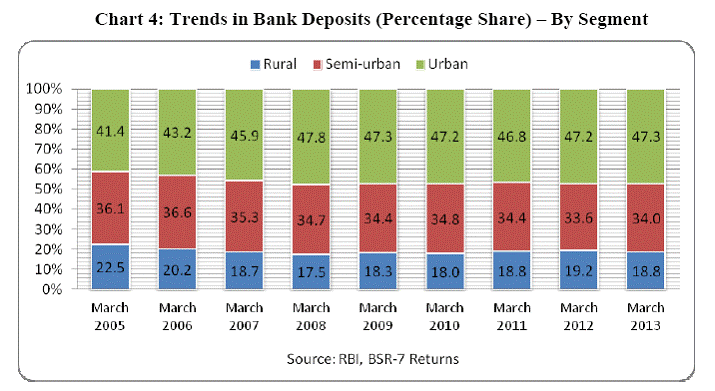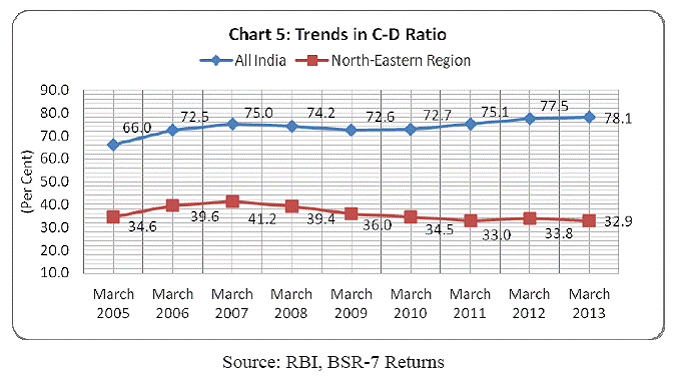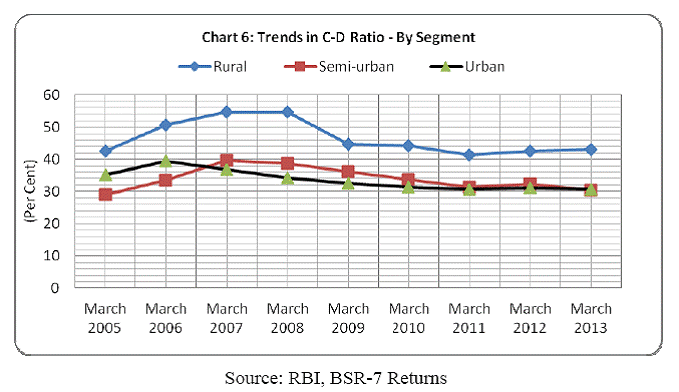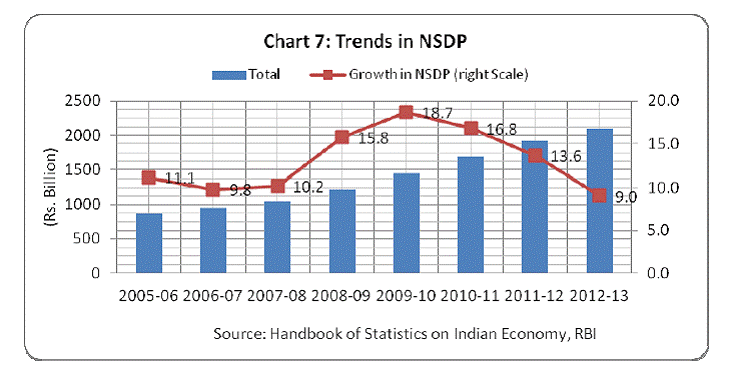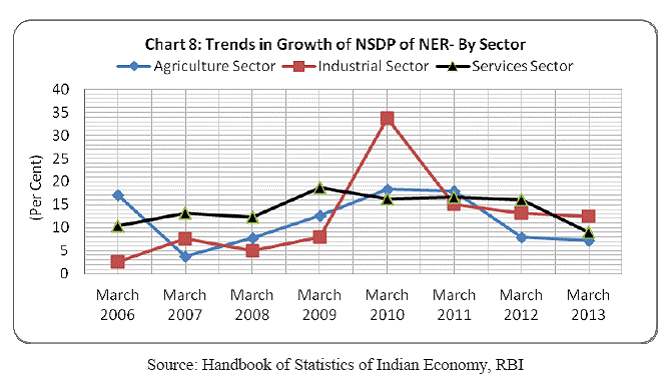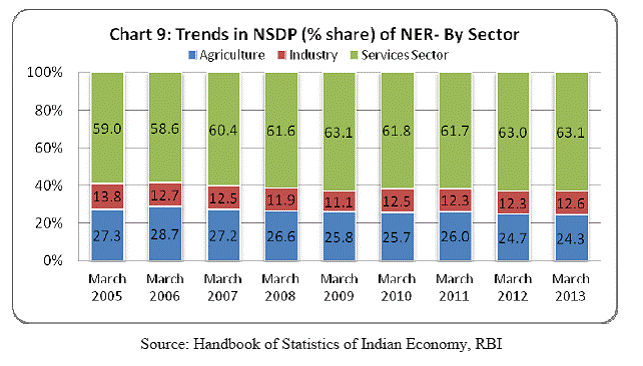 IST,
IST,


Role of Financial Sector in Spurring Growth and Expanding Financial Inclusion in North Eastern Region
Shri P. Vijaya Bhaskar, Executive Director, Reserve Bank of India
उद्बोधन दिया अक्तूबर 07, 2014
Introduction The North Eastern Region (NER) of India constitutes eight states namely Arunachal Pradesh, Assam, Manipur, Meghalaya, Mizoram, Nagaland, Tripura and Sikkim1.The NER is a unique socio-cultural segment in the country, richly endowed with natural resources with fertile land, identified as one of the most bio-diverse regions in the World. However, the development of the NER has lagged the rest of the country. The task of development of NER emanating from its unique features has been accepted as a national mission and accordingly, since 1980s, Government has been making special efforts for all round development of the region. In order to fast track the process of development in the region, a separate Ministry viz., Ministry of Development of NER was created in 20042. Further, to investigate the issues related to limited success in achieving financial inclusion in NER, the RBI constituted a committee on ‘Financial Sector Plan for NER’ under the chairmanship of Smt. Usha Thorat, Deputy Governor, RBI in 2006. More recently, to address the issues related to development of MSME sector in NER, a separate sub-group was constituted under the Prime Minister’s task force on MSMEs (Chairman Shri T.K.A.Nair) in 20093. The major recommendations of both these reports are given in the Annex. Against the above backdrop, the present speech analyses the significant role which can be played by the financial sector in spurring growth and expanding financial inclusion in NER. The speech is organised into six sections, section 1 presents the unique features of NER, section 2 discusses the progress achieved in financial inclusion, section 3 presents trends in economic growth of NER over the period March 2006 to March 2013, section 4 discusses the role of Governments in providing necessary conditions for growth, section 5 analyses the role of financial sector in spurring growth and expanding financial inclusion and section 6 presents conclusion and the way forward. Section 1
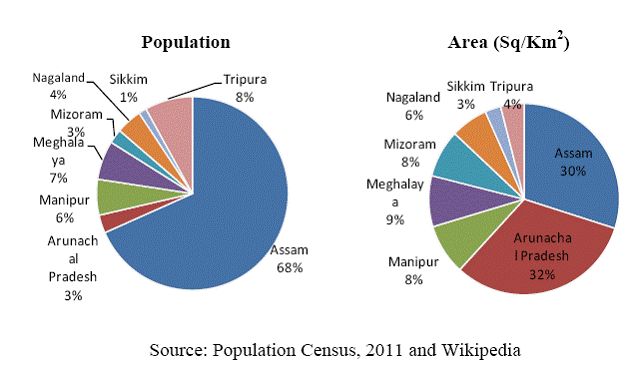
Section 2 Extent of Financial Exclusion
Financial Sector Development Indicators Number of Bank Branches
Progress in Bank Credit
Growth in Bank Deposits
Trends in C-D Ratio
Villages Covered by Banks
Urban Co-operative Banks
Rural Co-operative Banks
Distribution of NBFCs
MSME Distribution
Growth in SHG-Bank Linkage
Section 3
Sector-wise Contribution to NSDP
Section 4 The role of Governments in the following areas would be paramount in providing the necessary conditions for growth, so as to enable the financial system to further galvanise their efforts for development of NER. Security: Many committees found that security is the most important factor which impedes growth of banking sector in NER. Therefore, there is an imperative need to ensure security in the region. Infrastructure facilities: For up-scaling financial inclusion efforts, adequate infrastructure facilities such as digital and physical connectivity, uninterrupted power supply etc., are prerequisites. Under Developed Rural Areas: It was observed from the banking development indicators viz., number of bank branches, growth in bank credit and deposits of rural NER have been witnessing decelerated trends in the recent years. As mentioned earlier, around 80 per cent of total NE population reside in rural areas. There is an imperative need to have a “special plan” to effectively address the specific issues pertaining to rural areas of NER to provide a fillip to the growth in the area. Savings and Investment: It is widely held that for long-term economic growth, increase in savings and investments are vital. Planning commission, for 12th plan period, estimated state-wise and sector-wise rates of investment (gross capital formation as a % to GDP) for NER (Table 8). , The estimated investment rate for NER is reasonably good and is comparable with national average. However, on examining the savings (i.e., only bank deposits for which data is available) of NER, it was observed that there is deceleration in bank deposits since March 2006. For rapid development of NER, state governments and financial sector regulators should work together in enhancing investment and savings in the region, which may in turn boost the levels of growth. Section 5 Given the ground-level position as identified, the role of financial institutions in spurring growth sector-wise and in enhancing financial inclusion in NER is detailed. (i) Agriculture Sector: a) Agriculture & Allied activities: As mentioned earlier, the forest cover of the NER accounts for more than 50 per cent of its total geographical area. Banks may explore the possibilities of financing of industrial/ agriculture and allied activities based on forest produce/products. Further, given the peculiar feature of NER of having a large rural population, banks should initiate steps for development of especially local arts and handicrafts, through intensive use of Self-Help Groups and Joint Liability Groups. b) Agriculture Extension Services: As agriculture is the second important economic activity for NER, State Governments should initiate suitable steps to educate farmers about new technologies. This would help farmers to improve their productivity, earn more income and improve their standard of living. These agricultural extension services bring about changes in farmers attitude, knowledge and skills through education and communication. c) Focus to Thrust Areas: As mentioned in Prime Minister’s Task Force Report (2010), to achieve all round development of NER, focus should shift on thrust areas such as handicrafts, horticulture, textiles, live- stock development and food processing industry. (ii) Industrial Sector: a) MSMEs have a greater role in achieving financial inclusion in NER, as most of its population lives in the rural segment. There is a need for having an action plan for increasing MSMEs as a driver of employment in the area. b) Cluster Development: As mentioned in Prime Minister’s Task Force Report (2010), to provide more focussed attention in the NER, a Regional Resource Centre (RCC) has been set up at Indian Institute of Entrepreneurship, Guwahati, with 7 sub-centres in the NE States. The RCC caters to the need of entire NER with respect to cluster development5, training, mapping of clusters, advisory services etc c) Marketing Support: According to Prime Minister’s Task Force Report, entrepreneurs of NER are facing immense difficulties while marketing their agricultural/ industrial products. Governments should initiate suitable steps in providing adequate marketing support in order to encourage entrepreneurs/ industrialists in NER. d) Skill Development: Vocational skill building and training in NER are of utmost importance to provide employment to the local unemployed youth. Currently, there are 27 Rural Self Employment Training Institutes functioning in the NER. Urgent necessary steps may be initiated for increasing the skill development in the region. e) Setting-up of Industrial Estates: On account of prevailing unique land mortgage system in NER, availability of land is one of the major issues faced by the prospective entrepreneurs in setting up of MSMEs/industries. Prime Minister’s Task Force Report recommends setting up/ earmarking of at least one industrial estate in each block for MSMEs to facilitate setting up of new MSMEs in the region. (iii) Services Sector: a) Eco and Leisure Tourism: State Governments should take effective steps to promote tourism - especially, eco-tourism and leisure tourism given the pristine natural beauty of the region, with its numerous bird/animal sanctuaries. b) Financial Inclusion: Since the launch of financial inclusion initiatives in India, financial inclusion in NER consistently showed upward trends in terms of number of bank branches, credit and deposit growth. Further steps needed to speed-up the financial inclusion efforts in NER are: c) Increasing Branch Presence: In North-Eastern States and Sikkim, SCBs need to make conscious efforts to increase the number of branches. d) Villages Covered: Since the number of villages covered accounted for only 4.4 per cent of total villages in NER, there is an urgent case for increasing banking footprints in the region. e) Intensive Financial literacy and awareness campaign in vernacular languages in all the NER States is needed to mitigate risks posed by activities of unauthorised deposit collection by various methods by multiple agencies. This is especially important in NER, given the fact that, relatively speaking, there is higher number of instances of unauthorised deposit collection through various dubious means. f) Rural Co-operative Banks: The NER is having poor network of rural co-operatives. For effective financial inclusion, efforts may be initiated to increase the same in the region. g) NBFCs: There are around 108 NBFCs registered in the region. Of these 101 are registered in Assam state alone. Financial inclusion could be further deepened by opening of new NBFCs/opening branches of existing NBFCs. (iv) Caveats in the context of opening of accounts The financial institutions should generally in the context of opening accounts need to take effective steps to mitigate the following: a) Smurfing: The possibility of accounts being used as conduits for money laundering cannot be ruled out through a process known as “Smurfing”, a process by which amounts are split below the threshold level of Rs. 50,000/- to fly under the radar and thereby prevent detection. b) Accounts being used as money mules: Accounts of vulnerable individuals may be used by third parties to launder money is another possibility regarding which the banks should be careful of. c) Opening of Multiple Accounts: In the recent financial inclusion drive, multiple accounts have been opened by applicants in the hope that they would get an additional rupees one lakh insurance cover for every account so opened. However, if the applicants were to open different accounts in the same bank, using different documents like Aadhar Card, Pan Card, Passport etc., with slight variations in the manner in which their names are written, de-duplication may not be possible. The problem gets compounded if an applicant opens multiple accounts in different banks. Section 6 Let me conclude by repeating what I have endeavoured to convey about the role of financial sector in spurring growth and expanding financial inclusion in NER. I began with a brief introduction of the subject and provided the unique features of the NER. Thereafter, progress achieved in Financial Inclusion is discussed to assess where the NER stands at the present juncture. Trends in economic growth of NER were analyzed to indicate the performance of NER. Thereafter, the roles of Governments and financial sector regulators in spurring growth and expanding financial inclusion in NER have been discussed, along with caveats to be observed while opening accounts by the financial institutions. It must be reiterated that synchronised and simultaneous efforts by the governments and financial institutions cannot be overemphasized in the context of NER. Thank You. Annex A. Usha Thorat Committee on Financial Sector Plan for NER (2006) Major recommendations made by the committee are as under:
B. Report of the Task Force on MSME (2010) To address the issues related to the MSME sector, a task force under the chairmanship of the principal secretary was constituted in 2009. A separate Sub-Group was also constituted to look into the development of MSMEs in the North-East and Jammu & Kashmir. The recommendations made by the sub-group pertaining to NER are discussed below.
References
Speech by Shri P. Vijaya Bhaskar, Executive Director, Reserve Bank of India at CII Banking Collagium in Kolkata on September 19, 2014. Assistance provided by Shri M. Sreeramulu, Assistant General Manager, Department of Non-Banking Supervision, is gratefully acknowledged. 1Sikkim joined the Indian union through a referendum in 1975 and was recognised as part of Northeast India in the 1990s. 2Recently, PMO has directed the Project Monitoring Group to fast track development projects in NER. The central government already identified 21 key projects worth over Rs.1 lakh crore for ensuring faster clearances to them. Of 21 projects, nine projects are from Arunachal Pradesh, seven from Assam, three from Tripura and one each from Meghalaya and Manipur (Source: Special group set-up to fast track development in Northeast India, DNA, Sept. 1, 2014). Further, the cabinet approved over Rs. 5,300 crore project to boost telecom infrastructure and connectivity in the NER (Source: Deccan Herald, Sept. 10, 2014) 3The group submitted its report in 2010 4Lower the ratio, higher the outreach and vice-versa 5Cluster development offers a holistic and integrated approach to the promotion and development of MSME sector. This envisages measures for capacity building, skill development, technology up-gradation of the enterprises, improved credit delivery, marketing support, setting up of common facility centres, etc. 6Previously, fifty per cent of credit outstanding under GCC up to Rs. 25,000 was eligible for being treated as indirect agriculture financing. |
||||||||||||||||||||||||||||||||||||||||||||||||||||||||||||||||||||||||||||||||||||||||||||||||||||||||||||||||||||||||||||||||||||||||||||||||||||||||||||||||||||||||||||||||||||||||||||||||||||||||||||||||||||||||||||||||||||||||||||||||||||||||||||||||||||||||||||||||||||||||||||||||||||||||||||||||||||||||||||||||||||||||||||||||||||||
पृष्ठ अंतिम बार अपडेट किया गया:






